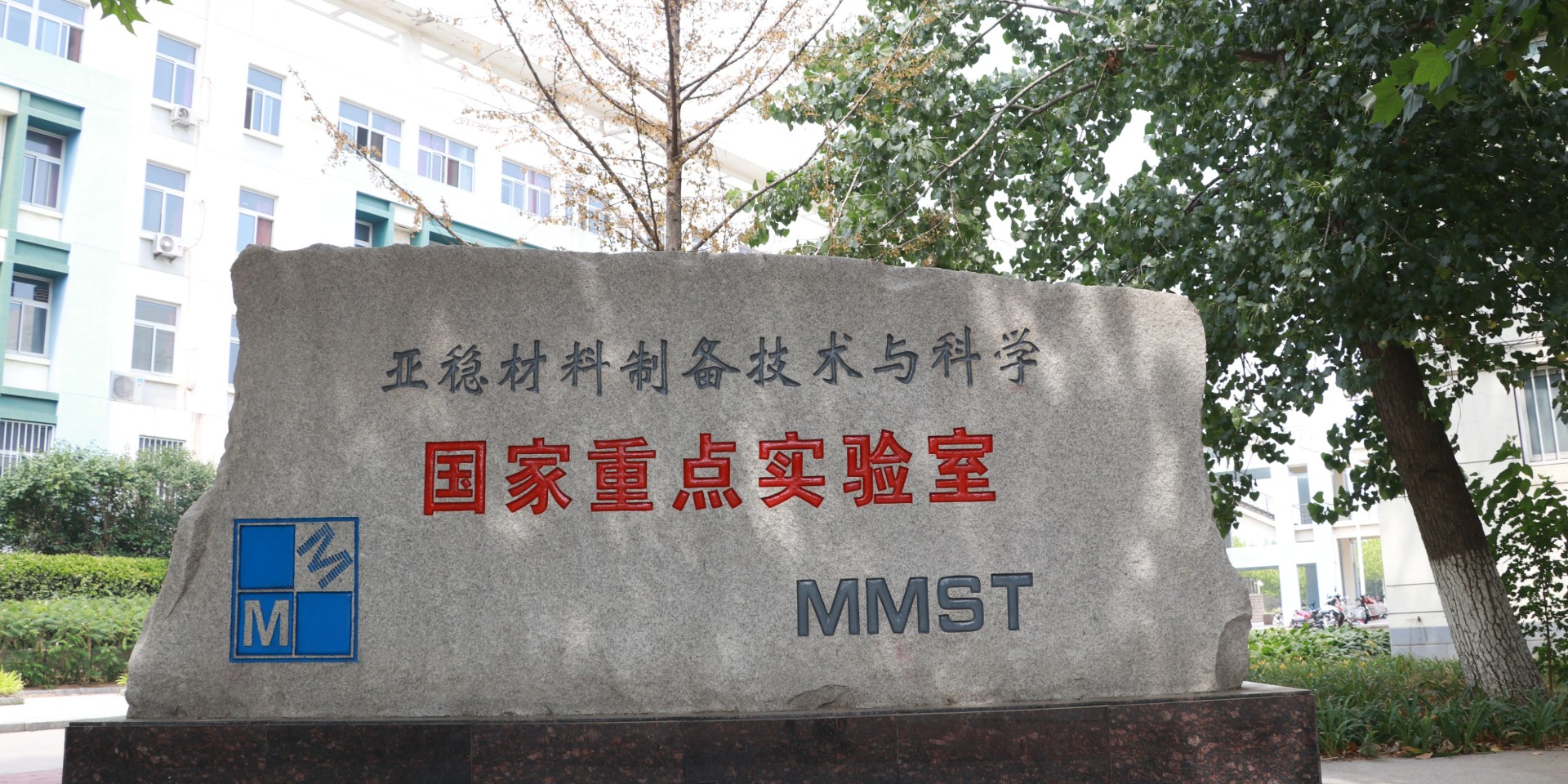报告题目:
In situ
irradiation studies of nanoporous and nanotwinned metals
报 告 人:Jin Li School of Materials Engineering, Purdue University, West Lafayette, IN 47907
时 间:2019年1月9日(星期三)上午10:00
地 点:材料馆A323
Biography:
Jin Li is a postdoc fellow at School of Materials Engineering, Purdue University. He graduated from Harbin University of Science and Technology, China, with B.S. in 2008, and Tohoku University, Japan, with M.E. in Applied Physics in 2012. He obtained the Ph.D. degree in Materials Science and Engineering from Texas A&M University, USA, in 2017. His research focuses on the radiation and mechanical behavior of nanostructured metallic materials as well as field-assisted sintering of ceramic materials. He has published more than 30 articles in some high-level scientific journals, such asProgress in Materials Science,Nature Communications,Nano Letters, andActa Materialia, and he also has ~ 10 papers that are currently under review. He is very active in many international conferences. He was invited to give several talks at different conferences and Argonne National Lab. He also served as a reviewer for more than 10 journals. He was granted the MRS graduate student award in the 2016 MRS fall meeting, and the American vacuum society (AVS) applied surface science division student award 1st place in 2017. Li can be reached at li2620@purdue.edu.
Abstract:
Severe high-energy particle (neutron) and ion irradiation environment can introduce significant microstructural damage and consequent degradation of mechanical properties in irradiated metallic materials. It remains a scientific challenge to design advanced radiation tolerant materials. Numerous approaches have been applied to alleviate radiation damage. Here we will present some recent in situ irradiation studies on enhanced radiation tolerance of nanostructured metallic materials, in particular nanoporous and nanotwinned metals. In situ heavy ion irradiation studies reveal direct evidence of defect-free surface interactions in nanoporous metals. Meanwhile, high-density twin boundaries prominently reduce the density of radiation-induced defect clusters in nanotwinned Ag and Cu compared with their bulk counterparts. Defect migration kinetics (diffusivity of defect clusters) was compared between coarse-grained and nanoporous metals. These studies provide insight towards understanding the role of free surface and twin boundaries on the alleviation of radiation damage in metallic materials.
